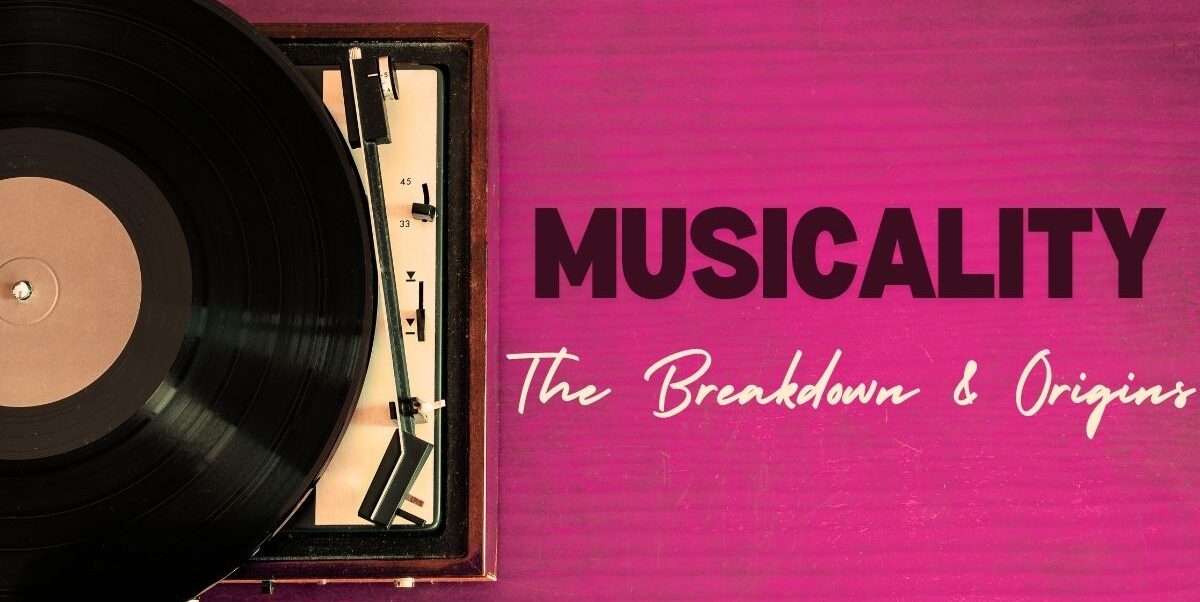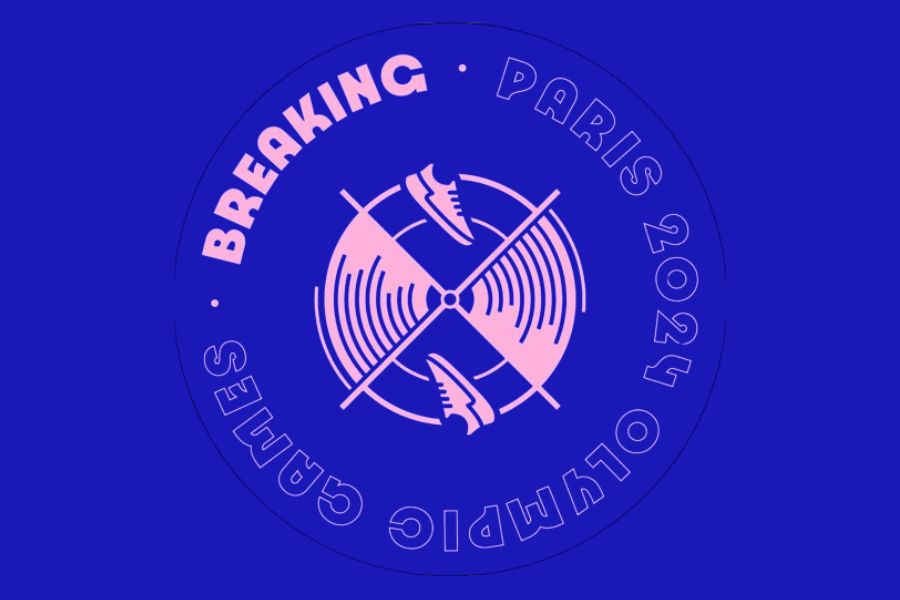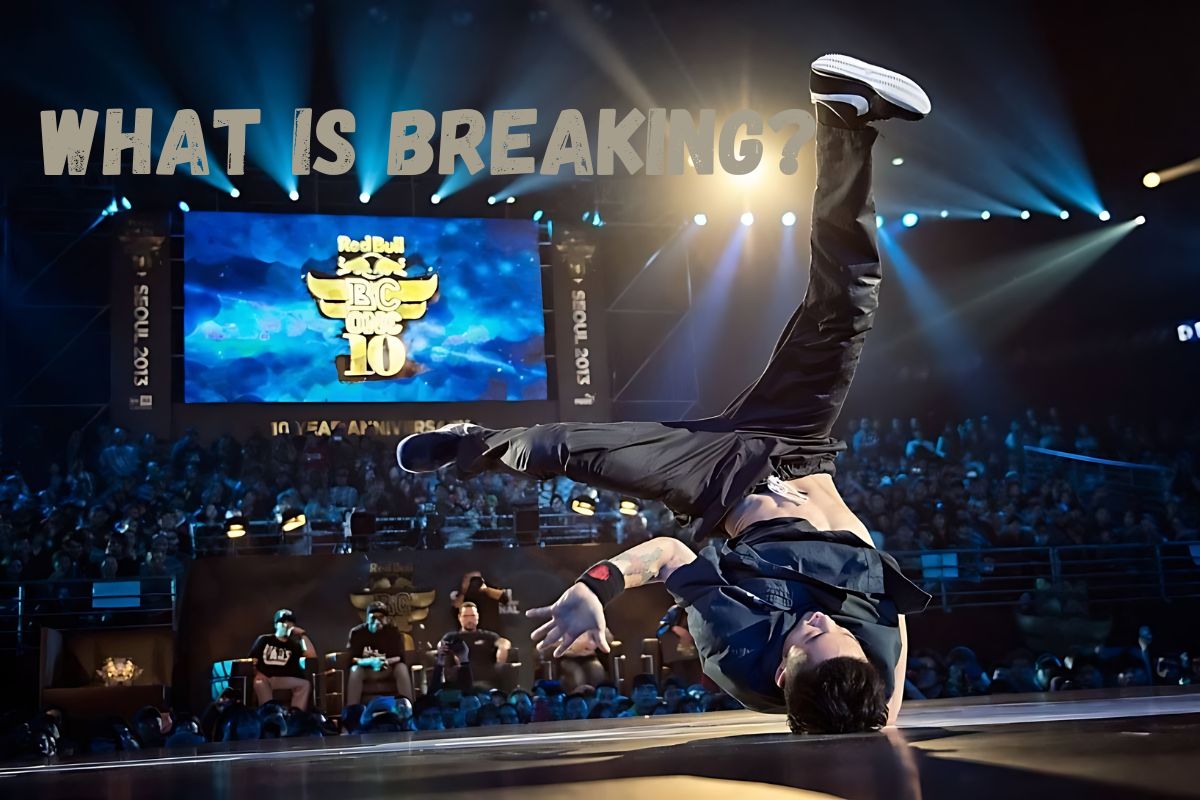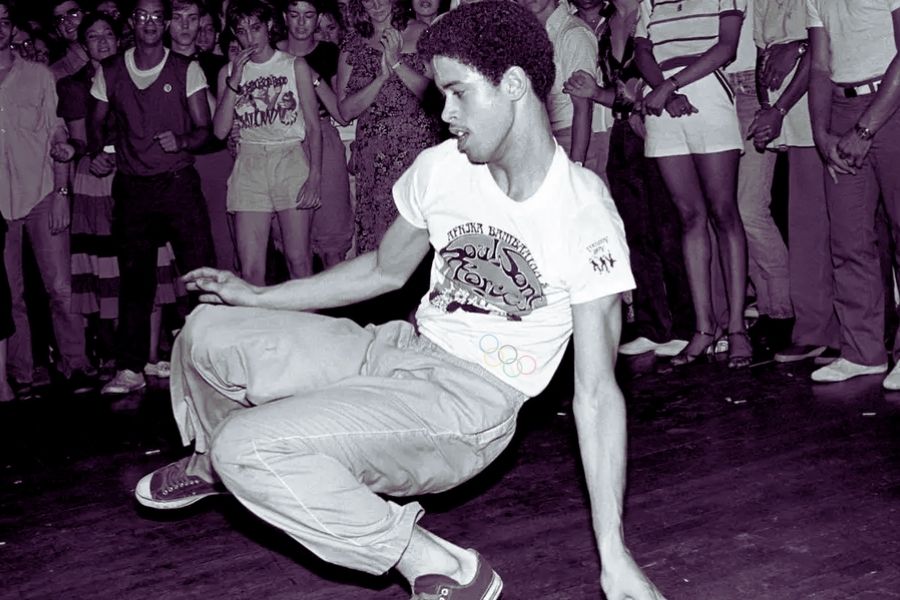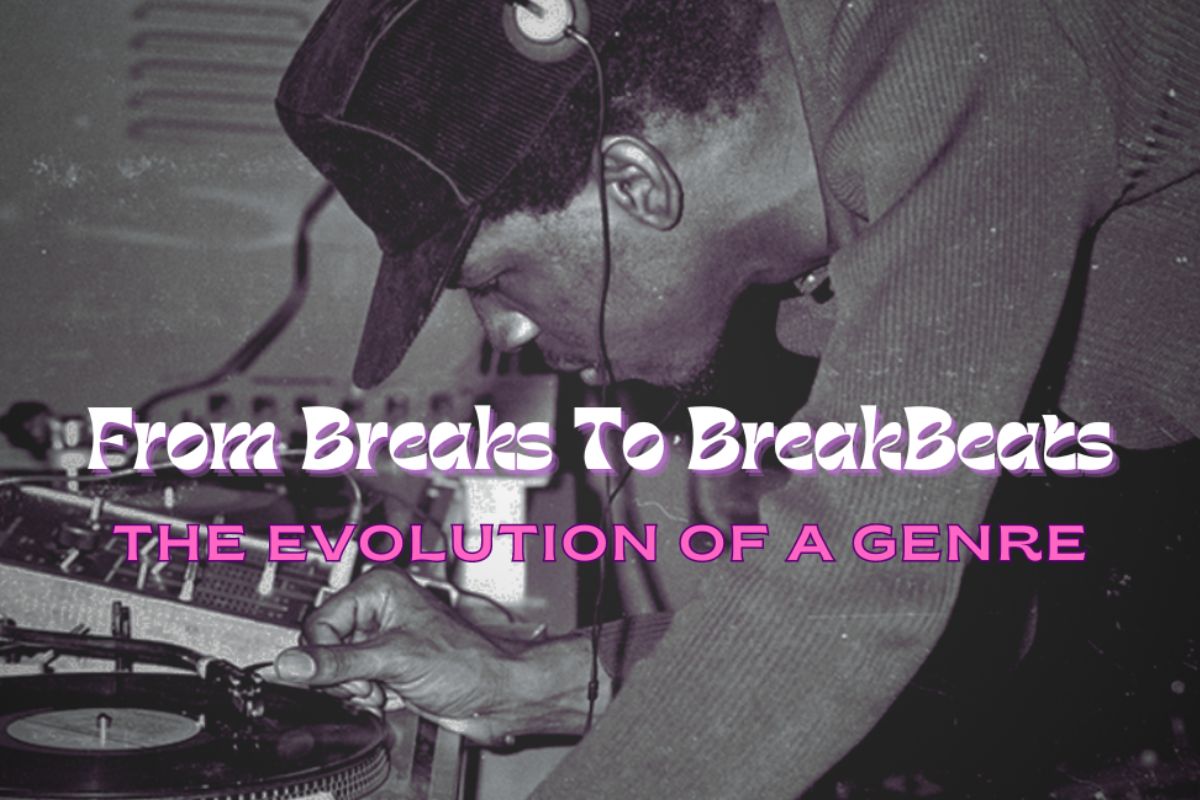A term often tossed around in the world of dance and music, Musicality stands for a person’s awareness and reactiveness to musical rhythm. In dancing, when a musical rhythm is imitated by the body movement of the dancer, that’s musicality. In music, musicality refers to a musician’s awareness of music and their ability to play with or along it.
Before we dive into the depths of musicality in the world of breaking, it’s crucial to understand the structure of the music that is being played in this genre of dance.
Breaks to Make You a Superstar
As the iconic lyric from Kurtis Blow’s rap song (The Breaks) goes, “Breaks to Make You a Superstar,” it has always been emphasized in the world of breaking that it only exists because of the Breaks. In the roots of breaking, breaks are considered the building blocks of this urban dance style. Breaks separate breaking from a sport and make it a dance form, at the core.
To understand musicality in breaking, let’s dive deeper into the structure of the breakbeat genre of music.
The Boom Baps
What soon became a sub-genre of Hip-Hop on its own, Boom Baps was once considered as the soul of Hip-Hop at the base level. The Boom refers to the bass drum sound while the Bap refers to the snare drum sound. Together, they make the rhythm section of breakbeats or any kind of music in the Hip-Hop genre. In the “golden era” of Hip-Hop, which was the late 1980s to 1990s, Boom Baps became a genre of Hip-Hop that involved funk rhythms, groovy baselines, jazz-level spontaneity, and snappy sound designs.
Evolving from the breakbeat category, the Boom Bap genre had the same creative music sampling by the DJ producers, however, in a more quantized and structured manner. This took the sample-based music to the next level. The key names that contributed to this evolution include J Dilla, DJ Premier, and Pete Rock.
These Boom Bap rhythms are present in today’s breakbeats and are considered as the soul of every break and this dance, in its entirety. Right from the top, a breaker must follow the count of the Booms and Baps, the kick bass, and the snare, respectively.
Back to the Breaks
Breakbeats started emerging by the end of the 1970s when the DJs in the US started sampling “drum breaks” from popular soul and funk records. The use of drum breaks soon became a staple in the world of Hip-Hop music production. When all the genres of Hip-Hop started incorporating these samples, from Disco Funk to Rap Records, the genre of Breakbeats developed its own place. By the late 1980s, breakbeats were the center of attention of other music producers as well, like Electronic Dance Music producers. It got people moving and that’s what every music producer wanted.
This song structure was working and with the passage of time, breakbeats were commonly played at dance parties and underground Hip-Hop circles, which later got the name Cyphers. Some of the notably sampled tracks were James Brown’s Funky Drummer and The Winstons’ Amen Brother. It doesn’t come as a surprise why the best-selling musicians to this day, still mention the breakbeat genre as one of their inspirations.
Breakbeats and Breakers
Breakers and breakbeats always go parallelly. Getting back to the history books of Hip-Hop, it won’t be a hard find to see a breaker creating breakbeats and getting behind the decks. This goes to show a breaker’s understanding and awareness of breakbeats on a personal level.
Musicality is rated by some as the most important criterion in the judging system in breaking. You see, breaking comes from the streets and it’s a very competitive style of dance. The first-ever commercial breaking battle that was marketed well and hit the mainstream media happened in 1981. This was when the foundation was being laid. The flyer (poster) of this battle clearly defines breaking as a “War-Like Dance.” This made it very clear to the audience that breaking was essentially a culmination of two things, A, making the opponent look wack, and B, dancing to the music.
Basics of Dance Musicality
Now that we know the importance of musicality in breaking as a dance, let’s study more about how musicality is actually achieved in dancing. In this section, we will provide a breakdown of all the major elements of musicality.
The Counts
Usually, the music is broken down to the count of 8s. Because most of the breakbeats are made in 4/4 time signatures, it is the easiest to explain it with a count of 8. When you say the word “Count” it actually means counting the Booms and Baps. So, if someone tells you to bust a move on the 5, you know how to count. One, Two, Three, Four, MOVE!
Going into further depth, a 4/4 time signature means that there are 4 beats in a bar and 4 types of notes. Moreover, counting in 8s isn’t the only way to count. In fact, pro dancers worldwide count in polyrhythms. Polyrhythms are further divisions of beats in a given tempo. If we count the beats between each note in our usual 8-counts, it will be “One, and, Two, and, Three, and…” and so on and so forth. There can even be greater divisions in understanding the structure of a song but the breakdown remains the same. An 8-count can be counted in 16s and even 32s.
Sounds and Instruments
Alright, so far we have the timing figured. This is where things get funky. To be truly musical and sporadic, it is vital to understand each sound as a unique layer and then react to it.
Lyrics
- The words in this genre of music are often called Rap. These lyrics also carry a melody and require separate attention.
- However easier to differentiate, following the lyrics isn’t always fun and games. The rappers and singers don’t follow a strict count and they are often playing around with the rhythm section while staying in the pocket of the music.
- It is often observed that when a dancer is very much on the lyrics, they are not only following the delivery of the melody and doing moves on it. When you are listening to the lyrics, as a dancer, you are supposed to embody the singer/rapper and mimic the words with your actions which sometimes aren’t even moves.
Bass
We’ve already covered the bass section in our Boom-Bap introduction. However, there’s more to it.
- The bass section is comprised of not only the bass drums but also the bass guitar and other low-end sounds.
- Sometimes a bass guitar, other times a synth bass, in the world of funk, groovy basslines are a must-have. There are so many iconic Hip-Hop tunes that start off with just the baseline and are known for those iconic riffs.
- Listen to what some call “god” Rakim’s iconic upright bass intro in the track “Don’t Sweat the Technique.”
Drums/Percussions
- Other than the Boom-Bap, the Bass, and Snare, every drum track consists of an ongoing cymbal hit. This is oftentimes the Hi-Hat. Choreographers describe it as a “tss tss” sound.
- At the end of every bar, there’s a Crash cymbal. It either signifies a change in the track or simply the end of a bar.
- It is recommended for every dancer to study other drum sounds because the better you understand the rhythm section the easier it will be for you to rock any beat.
- Bongos and congos are often found in some iconic breaking tracks. The song “Apache” is the perfect example of an iconic percussion intro.
Melody Instruments
- These are strings, keys, wind instruments, and electronic synth sounds. It is not necessary for these melody instruments to only play the lead riffs of the song. These instruments can also accompany the rhythm section simply. It is all up to the taste of the DJ who is sampling the beat.
- Listen to the guitar intro of this Snoop Dogg Classic. And now listen to how DJ Lean Rock has remixed it here at 1:11.
- For another classic guitar intro in a breakbeat, listen to this OG B-Boy track called “Mexican” by Babe Ruth.
Scratches
When the DJ scratches the vinyl on the turntable, there comes this scratching sound that gives us this traditional Hip-Hop feeling. Now scratching in breakbeats can be used for multiple purposes.
- To emphasize the accents on the Ones.
- To introduce a beat.
- To end a beat as a fade-out transition.
- To transition from one beat to the other.
And quite frankly, it’s up to the DJ to add scratching according to their taste.
Dissecting a Song
With the above knowledge of the structure of breakbeats, we can now dissect any beat according to the different melodic instruments and the rhythm section it has. Breaking is an art form, at the end of the day, so musicality in breaking is essentially your own way of expressing yourself through the composition of any breakbeat. It’s all a matter of choice and preference how you emote a song the mood of the beat and highlight certain parts more than the other.
Now that you know every layer in breakbeats, you know how to be completely one with the music.
Musicality in every criteria
In every judging criterion of breaking, the element of music is particularly defining. Here’s how that works.
Originality
Musicality differentiates one dancer from the other. No two people can listen to the same track and express it the same way. Read that again. A certain song might trigger the same emotions in two dancers but when it’ll come to the expression, everyone will express it differently. This is why most breakers talk about music whenever they talk about originality.
Vocabulary
Vocabulary in breaking is simply your arsenal of moves, your entire catalog. Once you gain an awareness of music and you know the art of dissecting a song in your head, it’s time to hit the floor. But wait a minute… “I can only hit every layer in the beat when I have a huge arsenal of moves.” Yes, that’s right! No matter how musical you are, it is important to have your foundation in check. There’s a reason why musicality is always considered as foundation and that reason is this. To have the foundation is to have the moves and to have the moves is to have them on the beat, otherwise, it’s just gymnastics.
There are no Ifs and Buts in doing every move on every beat. It’s all possible when you have good control and your foundation intact.
Moreover, the more music you dig for your breaking, the easier it will be for you to create new moves. Every move in breaking, if done correctly, has a feeling, and that feeling is aroused by the music because it’s a dance. Therefore, music also helps you expand your arsenal.
Technique
There are three essential ingredients that make up this criteria. Athleticism, Body Control, and Space Utilization. Your athleticism is your stamina and agility. If you say that breaking is only an art form because it’s done on music, that’s true. But what’s also true and is often neglected is that breaking is one of the toughest sports because it’s done on music. That’s right, talking about the awareness of musicality is only easy until you are on that dance floor, with hundreds of lights on top of you, millions of people watching in person and via live, with an opponent in front of you who’s ready to beat you. It requires constant physical, as well as mental presence.
The intros and interludes of every breakbeat give you ample time to circle the stage in a typical B-Boy fashion. However, that’s not the only way to use music to your advantage and cover the stage. There are certain drops, pauses, and extended lead instruments in every breakbeat, all of these can be used to go big on your moves while staying in the pocket of the music.
Consequently, the better Technique you have the easier it will be for you to be musical, and the better musicality you have the easier it will be to develop your control and stamina.
Execution
“Freeze on the one!” It’s a phrase commonly tossed around in the world of breaking. We only know how to count so far. It’s become a widely accepted practice in breaking to freeze on the 1s. To achieve this, you need to be good at prepping yourself for the One, which means you need to be aware of the Eight. By the 8th count, you should be ready to pull out your big guns.
However, that’s just listening to one layer of the music. If you have good musicality, your whole round will have a rhythm because of all the practice you would have done on music. This creates a good muscle memory. So, when you are on that stage, it is easy for you to just focus on the music and execute as you did in practice. This eliminates all the stage fright and is a big plus for breakers with good musicality.
In execution, there are two approaches to this dance. There’s choreography and then there is freestyle. The advantage we get from musicality is that both approaches come from the music. When you are making your sets (choreography), you are practicing on the counts in your training. This comes in handy when you are on the stage. Because your sets are made on the counts, you can fit every round of yours on the beat when you’re on that stage. Three-time World Champion B-Boy Menno has explained more about execution with musicality in the video below.
Similarly, when you freestyle, you are following the music. This skill is also developed with the right sense of musicality. To execute your freestyle perfectly, musicality helps big-time.
Musicality can either make or break your execution. If you are a clean executioner but you don’t have good musicality, the rushing to stay on beat will eventually confuse you and increase your chances of crashing.
DOs and DON’Ts
There are some common misconceptions about musicality that we are going to clarify here.
DOs
- Create crazy movements not just with your wow moves but by executing those wow moves on the beat.
- Whenever you feel stuck in breaking, dig in some new music to train on.
- No matter how crazy your other elements are, if your toprocks aren’t musical, it’ll all look wack. Always start with rocking the beat.
- Focus on polyrhythms and “And” counts.
- Let go of a few beats. Go off-beat for a while and then with a sporadic movement, get back on the beat. Rocking every beat from up-top, going down and skipping a few beats, and then surprising the crowd and the judges with a blow-up on the beat, will show a far more mature level of musicality than simply rushing to catch every beat.
- Pace your rounds.
- Try to catch every transition thrown by the DJ. This can be done by prepping oneself on the 8th count so you are ready for the One.
- Whichever instrument layer you are dancing to, if it stops, you stop. Move to the next layer then.
- Believe in the power of music.
- Feel the mood of the beat and then interpret it in your own way.
DON’Ts
- Don’t start your toprocks before the DJ drops the beat. You can jump in when the intro is being played and groove a little but never start rocking until you hear the boom-baps.
- You stop when the beat stops. Never keep going on once the beat is finished. It shows that you were never on beat in the first place.
- Don’t just focus on the Ones. But never let go of the Ones either. It’s a fairly basic level of musicality but a must-have.
- Don’t try to rush. This is the most important part of being musical. Never rush to hit every single beat. It’ll not only take excessive stamina but won’t even look fresh.
- Stay in the pocket of the beat. Don’t go faster than the beat just because your moves are fast.
- Don’t stop conscious breathing during your rounds. Breathe on the breaks.
- Don’t get lost in your opponent’s round thinking of a response. Yes, it’s important to respond in a battle but it’s also important to do the math and breakdown the beat in your head during your opponent’s round.
- Never blame the DJ. For a dancer, every piece of music is good music.
- Don’t be the kill-the-beat guy with crazy moves that are only hit on the Ones. Instead, be one with the beat in its entirety, even if the crowd doesn’t get your message.
- Don’t follow the music in a straight line. Go higher and lower in your levels as the pitch of the instruments varies.
Join our exclusive community for the latest updates straight to your inbox! Don't miss out –subscribe now!
